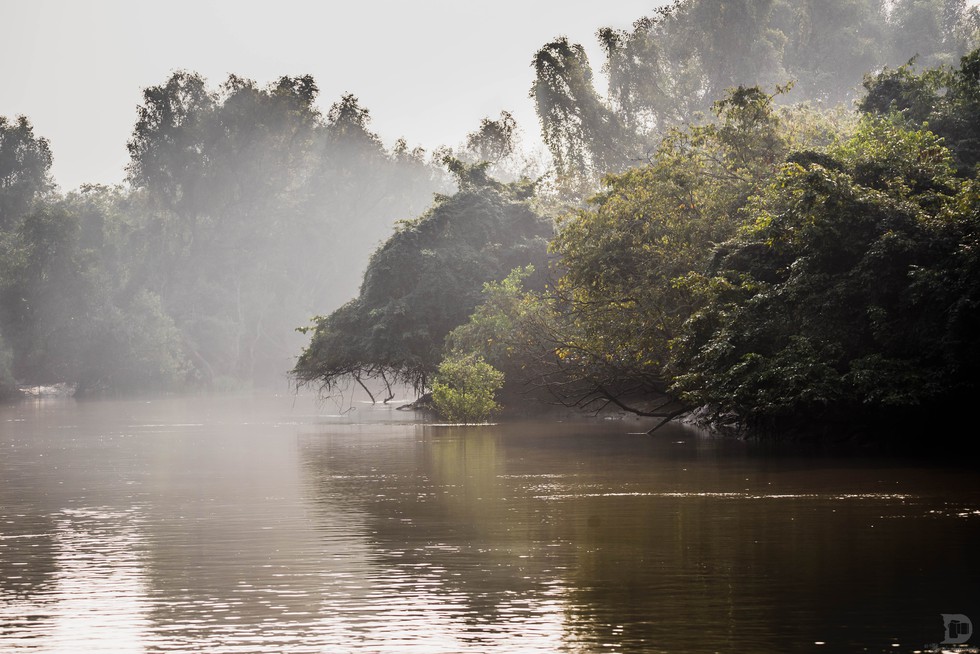About Bhitarkanika National Park:
- It is located in the Kendrapara district of Odisha.
- It is essentially a network of creeks and canals which are inundated with waters from Brahmani, Baitarani, Dhamra and Patasala rivers forming a unique ecosystem.
- It houses a variety of brooks, backwaters, estuaries, deltas, and mud huts.
- It is also designated as the second Ramsar site in Odisha after the Chilika Lake.
- It is spread over a vast area of 672 sq.km.
- It is India’s second largest mangrove ecosystem after the Sunderbans.
- Proximity to the Bay of Bengal makes the soil of the national park enriched with salt.
- The vegetation and species of the sanctuary are comprised of those that are mainly found in the tropical and subtropical intertidal regions.
- Flora: Mangrove species, casuarinas, and grasses like the indigo bush.
- Fauna:
- It is home to the largest congregation of the endangered Salt Water Crocodile in the country.
- The Gahirmatha Beach, which forms the boundary of the park in the east, is the largest colony of the Olive Ridley Sea Turtles.
- It is also home to numerous animals like hyenas, wild boar, Chitals, Sambar, Spotted Deer, Wild Boar, Jungle cat, Wild Pigs, etc., and migratory birds, which make it their home during the winter season, lending a vibrant hue to the ecosystem.
